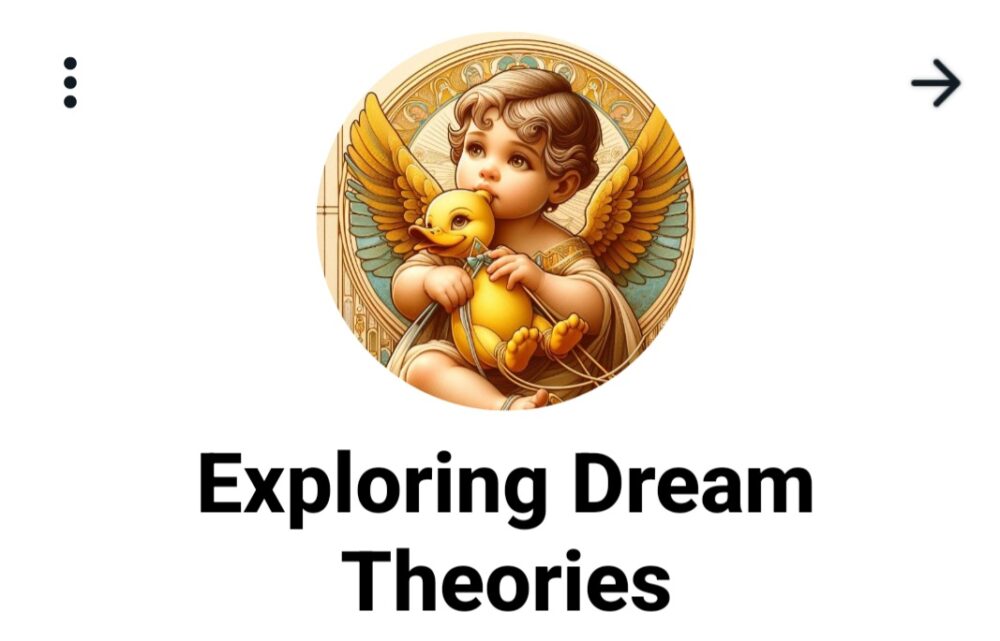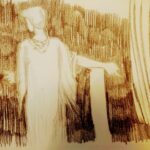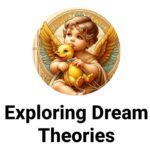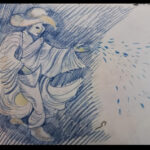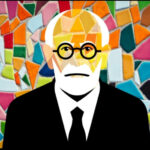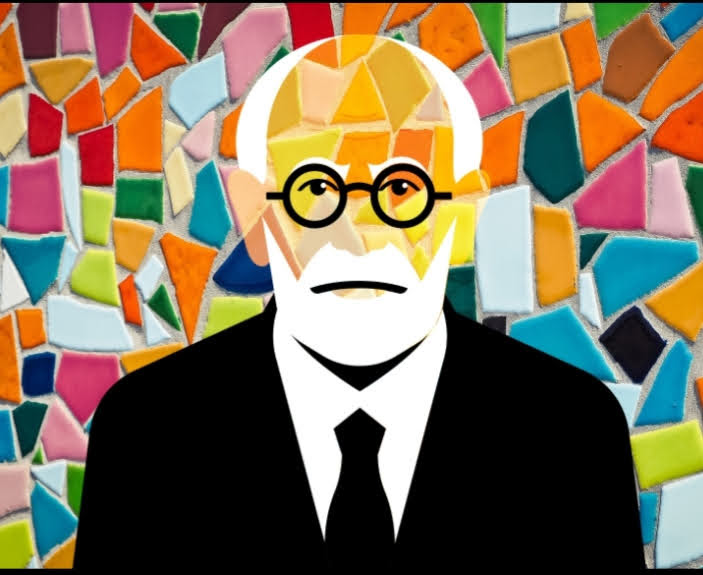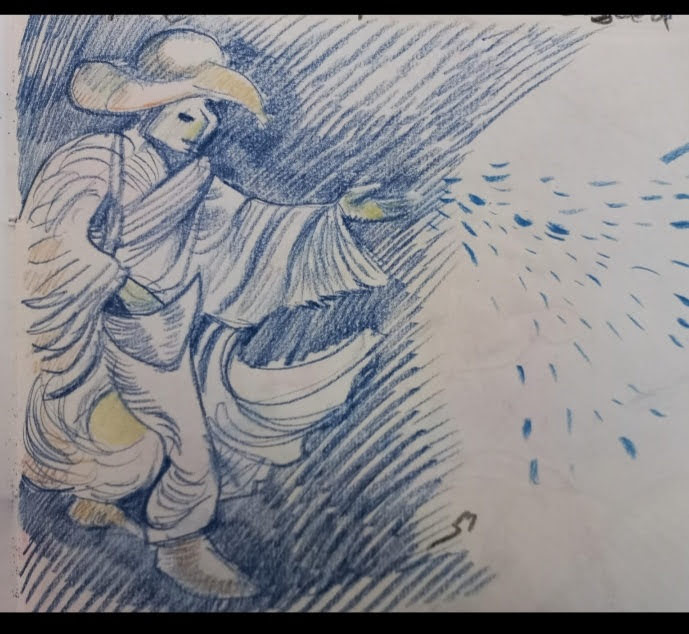
The website DreamTheory.org offers a rich exploration into various aspects of dream science
The website DreamTheory.org offers a rich exploration into various aspects of dream science and psychoanalysis, integrating modern neuroscience insights with psychoanalytic theories to delve into the complexities of dreaming and consciousness. Key Themes and Articles This diverse content from DreamTheory.org underscores the multifaceted nature of dreams, linking them to psychological theories, artistic expressions, and philosophical…
